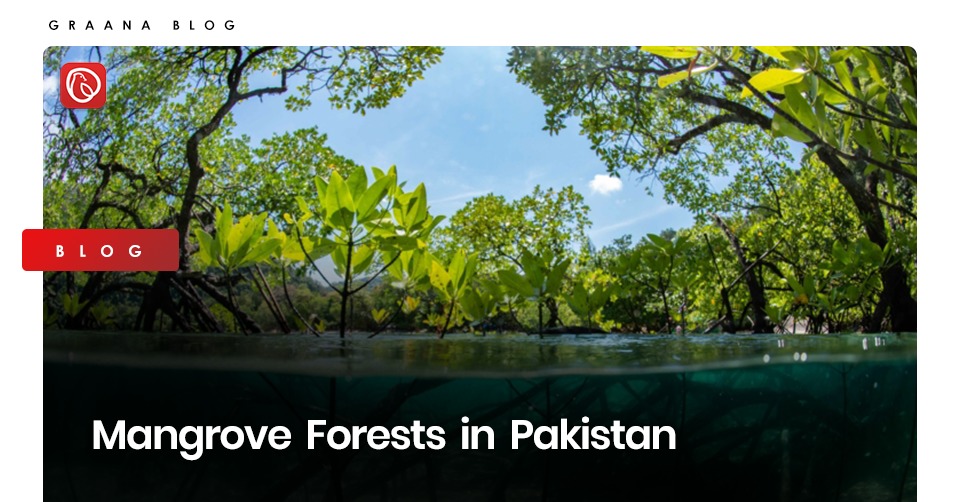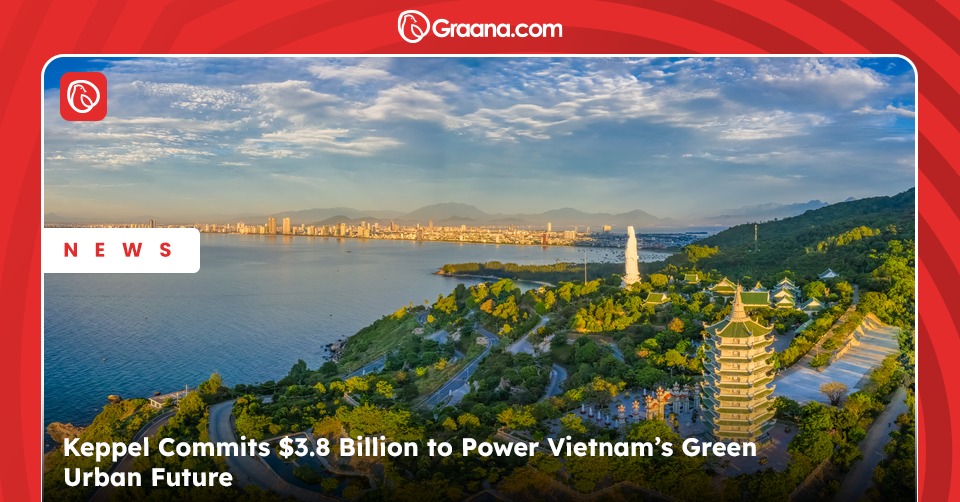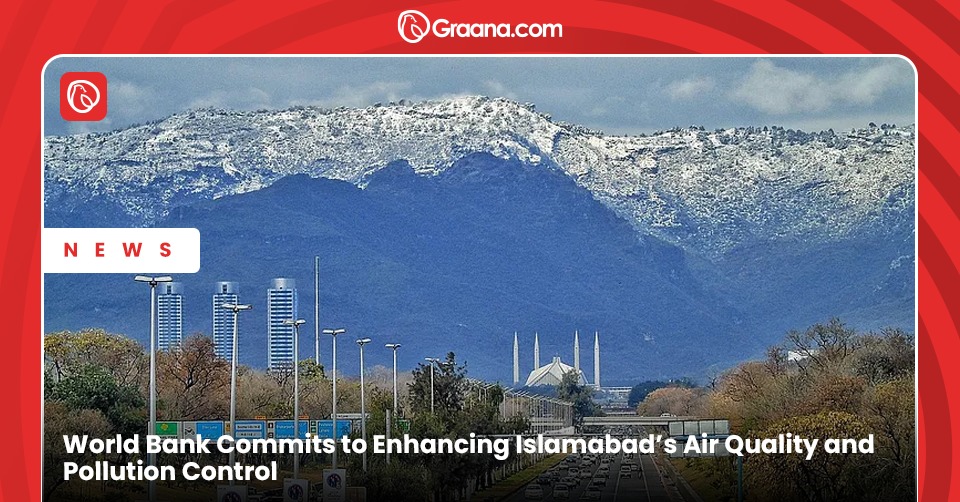The importance of forests is not unbeknownst to us; it serves a number of species and host many types of organisms. Hence, any damage to any type of forest causes a ripple effect on humans, wildlife and the planet.
Mangrove Karachi forests, in particular, are significant because of their dense roots and the fact that they provide organic infrastructure and protection to surrounding areas.
Sadly, the number of mangrove forests in Pakistan has been rapidly dwindling as a result of numerous land reclamation operations, pollution, and climate change.
Numerous public and private organisations are now taking measures to stabilise the shorelines, save the natural habitat of thousands of species, stop erosion, and keep the area safe from storms and high tides.
Graana.com has outlined all that you need to know about mangrove forests in Pakistan, including their significance and what action the government has taken to recover them.
What Is a Mangrove Forest?

Along the coastal regions, you might have seen small trees and shrubs, which are called mangroves. Their ability to grow in seawater differentiates them from other kinds of forests. This is because their roots have a sophisticated salt filtration mechanism, which allows them to survive in seawater.
Hence, they can thrive in environments with little oxygen because they are plants that grow in wet mud. Also, extreme weather conditions do not affect their growth. These can be frequently seen in the tropical and subtropical zones of the world.
Mangroves basically feed on the silt and sediment that slow-moving water has amassed. They are also referred to as mangrove swamps. Other features include the deep roots that provide them with a stronghold in the soil.
This helps them protect the land from erosion and prevent the saltwater from polluting other water bodies found on land – hence, maintaining the balance of the ecosystem.
They are found along the seashore in the form of tiny islands composed of vegetation. There are around 80 different varieties of mangroves.
Importance of Mangroves Forests
From an ecological, economic, and livelihood perspective, mangroves are quite important.
- By providing food to a wide range of marine species, mangroves serve as a natural habitat to wildlife. Because Sindh’s marine life feeds on organisms that reside in mangroves, it is crucial to protect and conserve them.
- Mangroves provide wood and animal fodder to neighbouring populations.
- They are also up to 18% more effective in absorbing carbon dioxide than other plant types.
- It serves as a natural defence against land erosion, marine storms, and floods. Mangroves are sediment-accumulating areas.
- A natural ecosystem is protected by mangrove forests.
Mangroves in Pakistan
In Pakistan, mangroves are found along the coastline of Sindh and Balochistan. The mangrove located along the delta of the river Indus in Sindh is the largest mangrove forest in Pakistan.
The 600,000 hectares of mangroves that are surrounding the Indus Delta are thought to be the world’s biggest dry-climate mangroves.
The Sindh Forest Department is in charge of the majority of the woods in the province, with three different organisations in charge of the mangroves. These include the Board of Revenue, the Port Qasim Authority, and the Sindh Forest Department.
The mangrove woods managed by the Port Qasim Authority and the Sindh Forest Department are referred to as “protected forests”. On the other hand, the Board of Revenue’s control over the mangrove swamps in Sindh is referred to as a “government wasteland”.
The mangrove forests in Balochistan are located along Miani Hor, Kalmat Hor and Gwadar Bay. Although they are limited, these mangroves are significant for the local environment and marine life.
Types of Mangroves in Pakistan
Avicennia Marina makes up about 90% of all the mangroves in Pakistan. The following is a list of its four types.
- Grey mangrove
- Red mangrove
- Ceriops tagal
- Aegiceras corniculatum
How Do Mangroves Contribute to Marine Life?
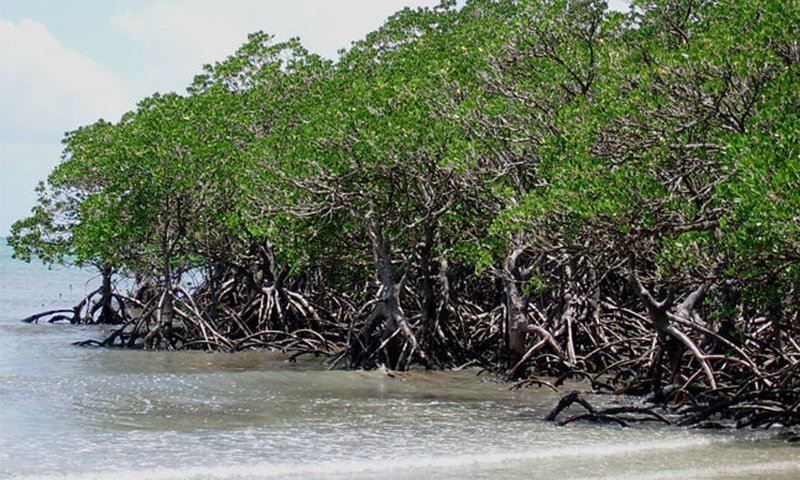
In Pakistan, mangrove forests have a number of positive effects on marine life. For starters, they offer perfect breeding conditions for the majority of fish, jellyfish, sponge, shrimp, crab, and other shellfish species.
Even some fish species spend most of their juvenile life in the mangroves before migrating into the open ocean when they become mature.
They are also a major source of food for these marine animals. Beneath the mangrove roots in the soft mud, crabs and shrimp also hunt for food.
Additionally, they are regarded as the best nesting areas for hundreds of shorebirds and migrating birds. While snails and clams dig their way through the soft mangrove mud, turtles also choose these woodlands as their hatching grounds. These forests are home to a variety of other species, including enormous lizards.
Potential Threats to Mangroves
Due to urbanisation and climate change, mangrove forests in Pakistan have started to disappear at an alarming rate. However, initiatives are being taken to rebuild these ecosystems throughout Sindh and Balochistan’s beaches.
Here are some of the biggest threats faced by mangrove forests in Pakistan as well as throughout the world.
- The largest danger to Sindh and Balochistan’s mangrove marshes is deforestation. Typically, these are removed to make way for urban development.
- Mangrove roots may suffer harm from freshwater diversion’s effects on the water’s salinity level.
- Many mangroves have been destroyed due to the global overfishing disaster.
- The forests in Balochistan and Sindh suffer a negative impact from the erosion of coral reefs.
- One of the main causes of the global decline in mangroves is pollution. These ecosystems may become weaker as a result of the pesticides, chemical waste, untreated sewage water, fertilisers, oil, and other hazardous substances transported via river systems.
- The threat to the mangroves from rising sea levels brought on by climate change and global warming is another significant threat.
What Can We Do to Restore Mangroves in Pakistan?
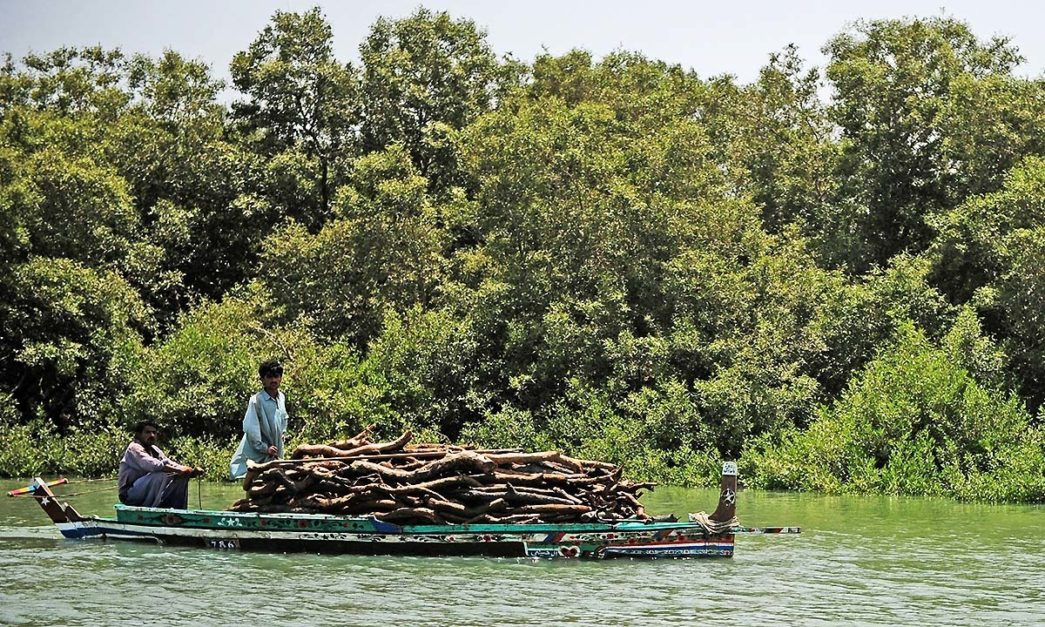
The early 2000s saw an alarming deterioration in Karachi’s mangrove forests as a result of several land reclamation initiatives. Presently, efforts are being made to restore these forests by the Sindh Forest Department and other governmental and non-governmental organisations.
Since 2010, mangrove forests have been planted and regenerated on about 55,000 hectares of land. A mangrove resource base, covering an area of more than 150,000 hectares, has also been established in Sindh by the Sindh Forest Department, the Sindh government, and the federal government. The restoration of the area was made possible by both the strict conservation strategy.
In June 2013, the Sindh Forest Department planted more than 840,00 mangrove saplings in the Thatta and Kharo Chan regions, setting the Guinness World Record for the “maximum number of trees planted in a day”. With the assistance of over 300 local volunteers, the plantation drive was finished in 12 hours.
These projects to restore mangrove forests in Pakistan have also received significant support from the World Wide Fund for Nature and the International Union for Conservation of Nature.
The Pakistan Navy also began its well-publicised “2020 Mangroves Plantation Campaign” in April 2020 with the goal of re-establishing the “green coastal belt”.
This was all about the mangrove forests in Pakistan. For more relevant information, visit Graana blog.
